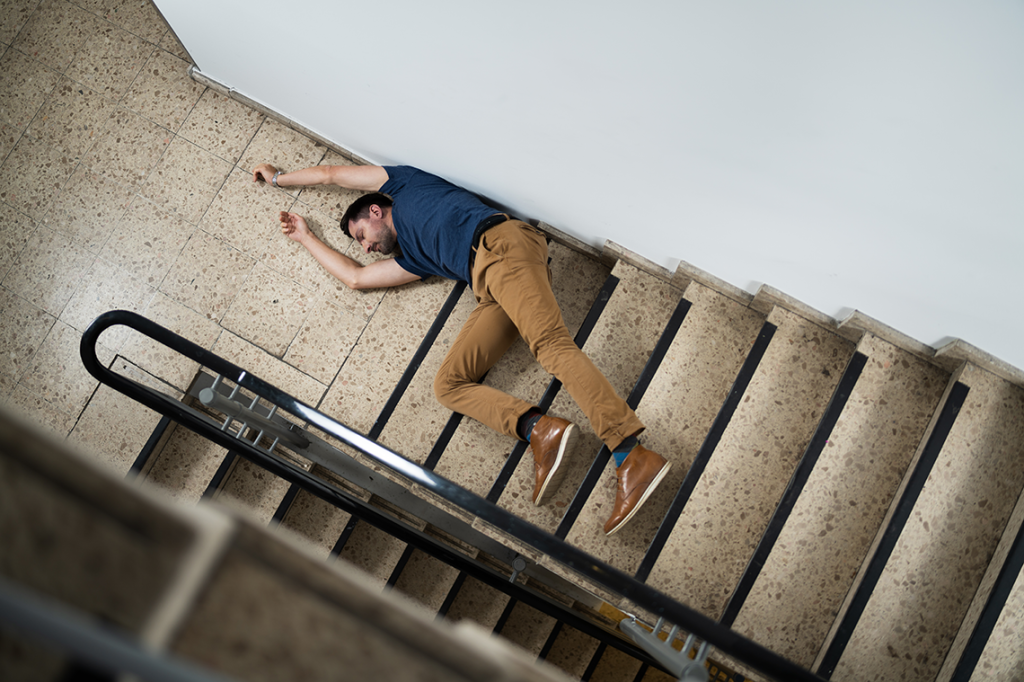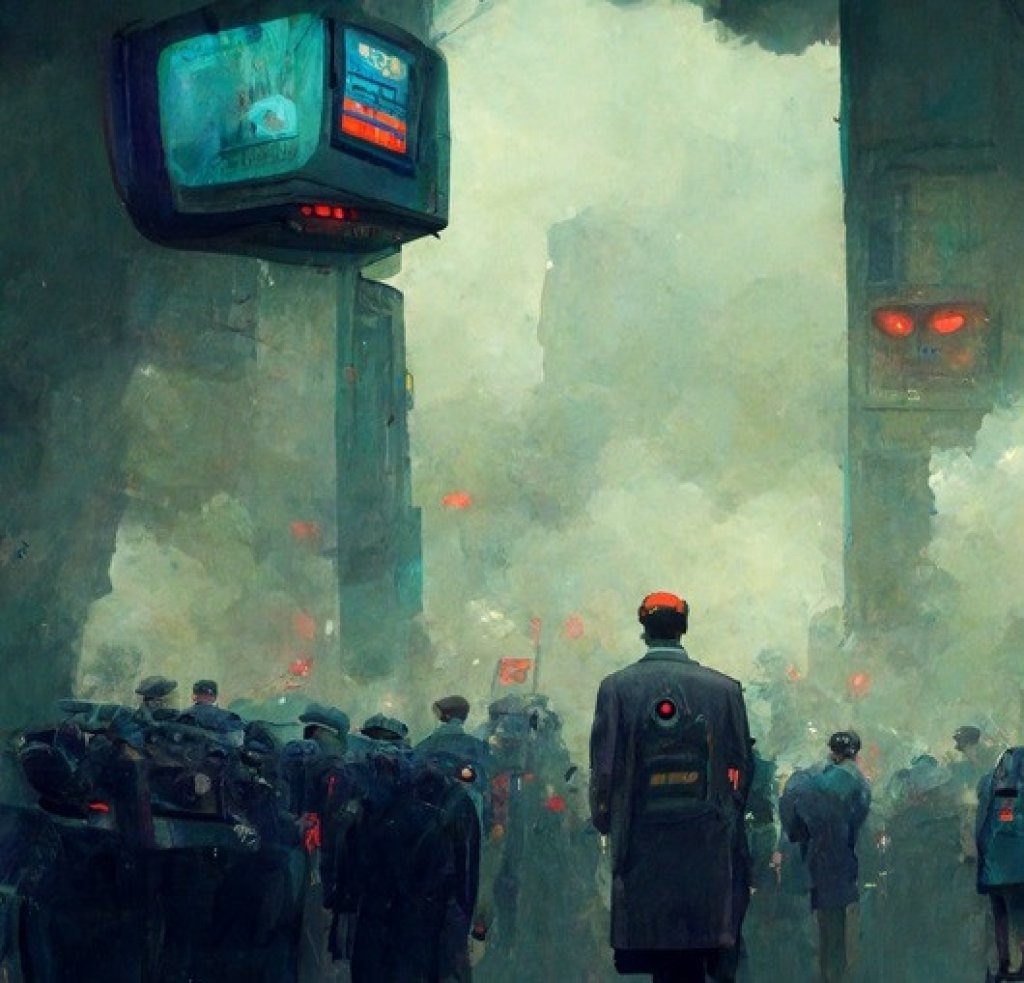Health and safety is constantly in the spotlight
In this article, we look at different types of work locations in which CCTV cameras can improve health and safety monitoring in remote and high-risk environments.
Whether it’s the result of a reminder to put on some protective clothing, or someone preventing you from using a simple piece of equipment like a ladder, there are not many of us who have not had the thought that health and safety measures sometimes seem extreme.
Yet, of course, each health and safety measure has arisen from the fact that someone was injured or became ill.
The UK’s government’s health and safety statistics for workplace illness and injuries reveal the large number of incidents, and the very high associated costs and productivity losses. Two years ago:
1.8 million working people suffered from a work-related illness
123 workers were killed in work-related accidents
565,000 people sustained an injury at work
36.8 million working days were lost to work-related illness and workplace injury
£18.8 billion is the estimated cost of injuries and ill health from working conditions (2019/20)
In another set of statistics, the National Safety Council reports a higher level of deaths in the workplace, and an exceptionally high level of slips, trips and falls.

What can be captured on CCTV: remote site safety monitoring
There are an estimated six to eight million lone workers in the UK (BSC, 2018). Lone workers fulfil many roles in sectors such as health, construction, maintenance, services, delivery and agriculture. They are not necessarily exposed to a higher risk of accidents, but working alone increases their vulnerability.
Employers have a legislated duty of care to all employees. Where CCTV has been installed – usually for security purposes – employers can easily adapt systems to monitor aspects of their employees’ wellbeing, especially falls, commonly known as ‘man down’ incidents.
By using legacy equipment when it is available, there is no need to buy and deploy man down detection devices.
Areas where CCTV is commonly installed include warehouses, and engineering and maintenance sites. When used in such environments, CCTV man down, fall detection can quickly alert a third party via VMS that an incident has taken place. Rapid fall detection prevents escalation and helps to reduce the number of serious injuries and potential fatalities.
Safety monitoring for the vulnerable
In recent years, advertisements for alarm systems for the sick and elderly have increased in number. There is, of course, a high proportion of sick and vulnerable people in hospitals and care homes, where CCTV is often installed and can be programmed to detect falls and empty spaces, and potentially save lives.
The Royal College of Physicians reported that falls among inpatients are the most frequently reported safety incident in NHS hospitals, with 30–50% of falls resulting in some physical injury.
CCTV cameras can be employed to detect patient falls and missing people, and alert staff to check the nature of the incident.
H&S privacy, view-only and camera recording protocols
There are strict regulations in place to protect people’s privacy. When using CCTV cameras to monitor people, even to protect their health and ensure their safety, strict privacy practices must still be upheld.
At Facit, we help organisations to monitor staff and/or vulnerable people strictly within regulations. For the purposes of compliance, our systems only stream on demand. The default setting for Facit H&S systems is a private ‘dark’ mode, which means no one can see the area covered by cameras until there is a man down or missing alert.
At the point an incident alert triggered by a fallen or absent body, CCTV operators can view the scene to assess the seriousness of the situation.
Only when an emergency has been confirmed is recording of the scene permitted to assist responders in their efforts to aid the fallen person.
Queue safety at un-manned sites
Another application for H&S CCTV monitoring is queue and capacity management at un-manned sites. An operator of more than 350 recycling plants, that are open 24 hours a day, faced stringent H&S assessments, and a potentially serious breach of health and safety regulations. They could not be sure how many people were on site at any given time, or determine the waiting time of vehicles on their premises.
As a responsible operator, the company wanted to be sure of on-site conditions rather than rely on anecdotal reports. Safety issues become heightened when help is likely to be many miles away.
With the aid of CCTV video analytics, the site operator is able to regulate and restrict traffic flow and on-site numbers to ensure that they remain within safe limits.
Extract maximum value from your CCTV cameras
Facit helps organisations to maximise the value and utility of data captured on CCTV cameras. We recently published an article on queue management and described the advantages that technology provides in retail and high footfall environments.
Facit’s smart analytics suite of products enables operators to reduce costs, conserve resources and optimise operations, in accordance with privacy regulations and health and safety considerations. If you are interested in making best use of CCTV data, please let us know about your challenges.



